Python Programming for Mathematics 295070
Код товару: 295070Паперова книга
-
ISBN978-1-0035-6545-1
-
Бренд
-
Автор
-
Рік2025
-
МоваАнглійська
-
ІлюстраціїЧорно-білі
Python Programming for Mathematics focuses on the practical use of the Python language in a range of different areas of mathematics. Through fifty-five exercises of increasing difficulty, the book provides an expansive overview of the power of using programming to solve complex mathematical problems.
Python is a leading programming language in the scientific world. It is perfectly adapted to program mathematical problems. This book focuses on the practical use of the Python language in different areas of mathematics: sequences, linear algebra, integration, graph theory, finding zeros of functions, probability, statistics, differential equations, symbolic calculus, and number theory. Through 55 exercises of increasing difficulty, and corrected in detail, it gives a good overview of the possibilities of using programming in mathematics and to be able to solve complex mathematical problems. It is not necessary to do the exercises in the order suggested, even if some exercises sometimes call upon notions seen in previous exercises.
Python is a general-purpose interpreted programming language that has the particularity of being very readable and pragmatic. It has a very large base of external modules, especially scientific ones, which makes it particularly attractive for programming mathematical problems. The fact that Python is an interpreted language makes it slower than compiled languages, but it ensures a great speed of development which allows humans to work a little less while the computer has to work a little more. This particularity makes Python one of the main programming languages used by scientists.
Prerequisites:
This book does not aim to explain the syntax and principles of the Python language, so the prerequisite is to know the basics. Moreover, the realization of the exercises requires access to a computer or an online service with Python 3.6 (or more recent) completed by the following modules: NumPy, SciPy, SymPy, Matplotlib, Numba, NetworkX, and Pandas. The use of a code editor allowing writing in Python is also highly recommended. It is suggested here to use Jupyter Lab, which allows both the writing of interactive notebooks and scripts and also the addition of one’s own solutions below the statements, which is very practical. It is not necessary to use Jupyter Lab, other environments are also suitable, such as Spyder or Jupyter Notebook.
This book is intended for undergraduate and graduate students who already have learned the basics of Python programming and would like to learn how to apply that programming skill in mathematics.
Features:
Innovative style that teaches programming skills via mathematical exercises.
Ideal as a main textbook fo
About the Author
Julien Guillod is an Associate Professor of Applied Mathematics at Laboratoire Jacques-Louis Lions of Sorbonne University in Paris, a part-time member of the Department of Mathematics and Applications of ENS Paris, and a member of an Inria team. He earned a PhD in Physics from the University of Geneva in 2015.
Guillod’s research focuses mainly on the analysis of partial differential equations in fluid mechanics, involving both traditional analysis and numerical simulations. The numerical aspects are mainly used to gain insight into the problems considered, or to discover fundamental properties of the equations studied. His favorite and most commonly used language for these simulations is Python. Most of his research is related in one way or another to the Navier-Stokes equations.r Python for Mathematics courses, or as a supplementary resource for Numerical Analysis and Scientific Computing courses.
1'300 ₴
Купити
Monobank
от 146 ₴ / міс.
до 10 платежей
Покупка частинами Monobank
₴ / місяць
Для використання функції «Покупка частинами» необхідно мати картку Monobank.
Розділивши оплату на певну кількість платежів (від 3 до 10),
ви платите лише одну частину. Решта – раз на місяць списуватиметься з вашої карти.
Послуга може бути використана при замовлення на суму від 600 грн.
Увага! При покупці частинами знижки на товари не враховуються.
Щоб скористатися цією функцією, додайте в кошик товарів на суму від 600 грн.
На сторінці оформлення замовлення вкажіть спосіб оплати «Покупка частинами Monobank». Підтвердьте покупку у програмі Monobank.
-
Нова ПоштаБезкоштовно від
3'000,00 ₴ -
УкрпоштаБезкоштовно від
1'000,00 ₴ -
Meest ПоштаБезкоштовно від
3'000,00 ₴
Характеристики
- Бренд
- Автор
- КатегоріяПрограмування
- Рік2025
- Сторінок248
- Формат165х235 мм
- ОбкладинкаМ'яка
- Тип паперуОфсетний
- МоваАнглійська
- ІлюстраціїЧорно-білі
Від видавця
Python Programming for Mathematics focuses on the practical use of the Python language in a range of different areas of mathematics. Through fifty-five exercises of increasing difficulty, the book provides an expansive overview of the power of using programming to solve complex mathematical problems.
Python is a leading programming language in the scientific world. It is perfectly adapted to program mathematical problems. This book focuses on the practical use of the Python language in different areas of mathematics: sequences, linear algebra, integration, graph theory, finding zeros of functions, probability, statistics, differential equations, symbolic calculus, and number theory. Through 55 exercises of increasing difficulty, and corrected in detail, it gives a good overview of the possibilities of using programming in mathematics and to be able to solve complex mathematical problems. It is not necessary to do the exercises in the order suggested, even if some exercises sometimes call upon notions seen in previous exercises.
Python is a general-purpose interpreted programming language that has the particularity of being very readable and pragmatic. It has a very large base of external modules, especially scientific ones, which makes it particularly attractive for programming mathematical problems. The fact that Python is an interpreted language makes it slower than compiled languages, but it ensures a great speed of development which allows humans to work a little less while the computer has to work a little more. This particularity makes Python one of the main programming languages used by scientists.
Prerequisites:
This book does not aim to explain the syntax and principles of the Python language, so the prerequisite is to know the basics. Moreover, the realization of the exercises requires access to a computer or an online service with Python 3.6 (or more recent) completed by the following modules: NumPy, SciPy, SymPy, Matplotlib, Numba, NetworkX, and Pandas. The use of a code editor allowing writing in Python is also highly recommended. It is suggested here to use Jupyter Lab, which allows both the writing of interactive notebooks and scripts and also the addition of one’s own solutions below the statements, which is very practical. It is not necessary to use Jupyter Lab, other environments are also suitable, such as Spyder or Jupyter Notebook.
This book is intended for undergraduate and graduate students who already have learned the basics of Python programming and would like to learn how to apply that programming skill in mathematics.
Features:
Innovative style that teaches programming skills via mathematical exercises.
Ideal as a main textbook fo
About the Author
Julien Guillod is an Associate Professor of Applied Mathematics at Laboratoire Jacques-Louis Lions of Sorbonne University in Paris, a part-time member of the Department of Mathematics and Applications of ENS Paris, and a member of an Inria team. He earned a PhD in Physics from the University of Geneva in 2015.
Guillod’s research focuses mainly on the analysis of partial differential equations in fluid mechanics, involving both traditional analysis and numerical simulations. The numerical aspects are mainly used to gain insight into the problems considered, or to discover fundamental properties of the equations studied. His favorite and most commonly used language for these simulations is Python. Most of his research is related in one way or another to the Navier-Stokes equations.r Python for Mathematics courses, or as a supplementary resource for Numerical Analysis and Scientific Computing courses.

Python Programming for Mathematics
1'300 ₴













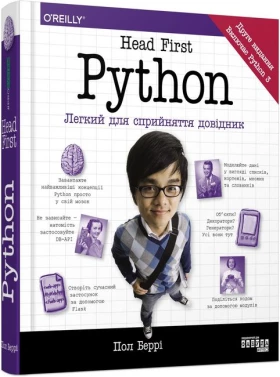








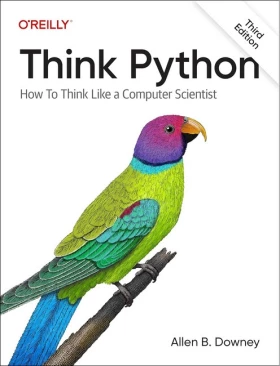


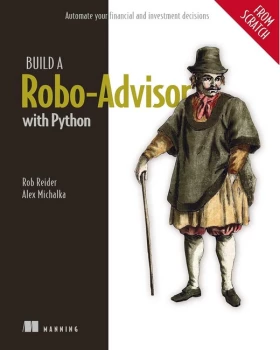




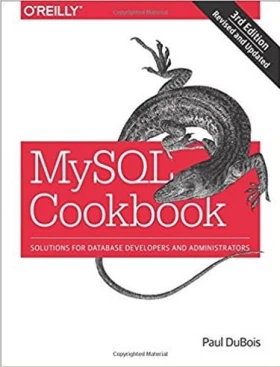
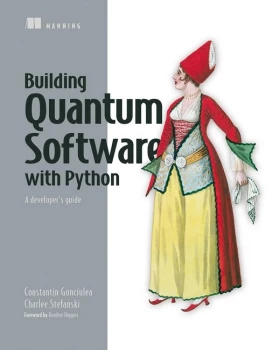
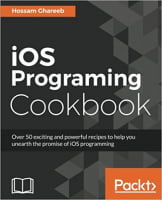


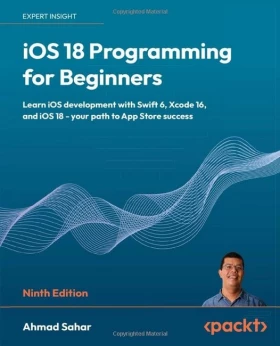
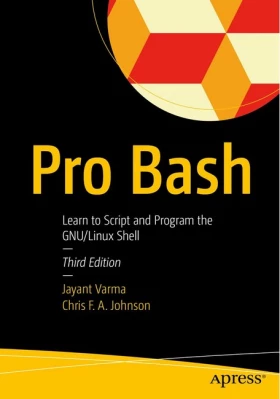
Відгуки про Python Programming for Mathematics